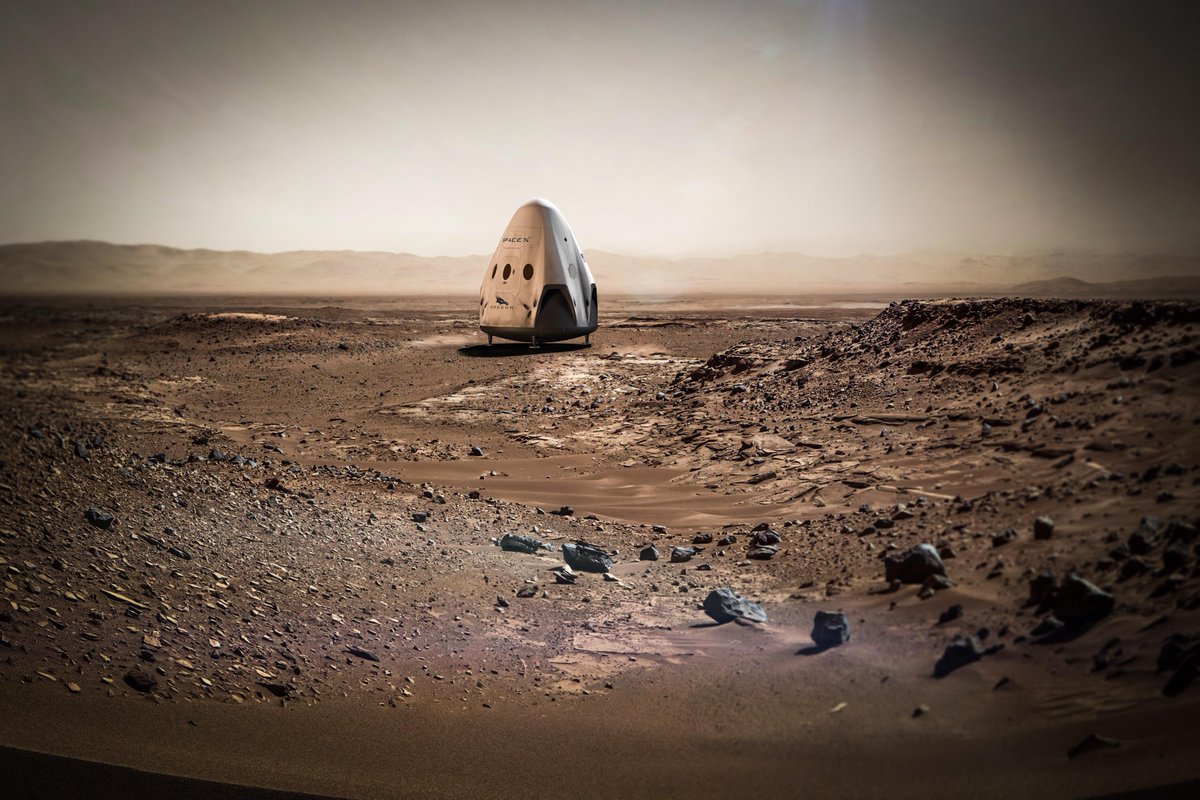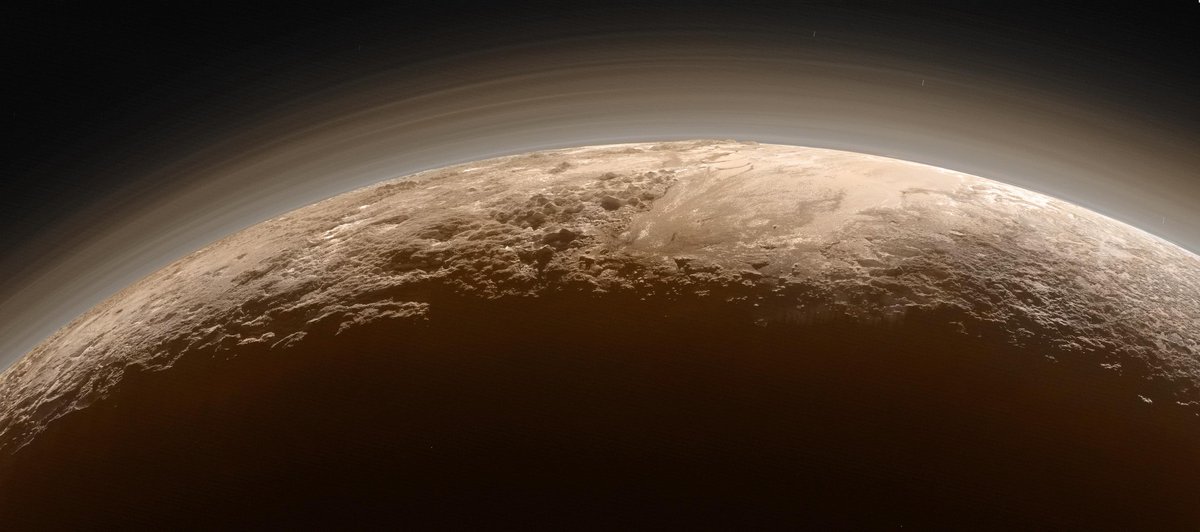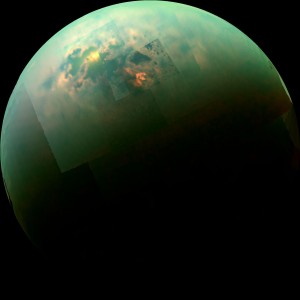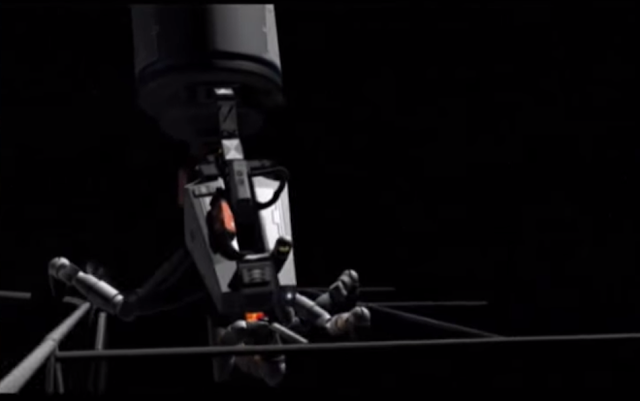ScienceRocks
Democrat all the way!
- Thread starter
- Banned
- #1,121
North Korea plans to put a satellite into orbit using a rocket widely seen as a long-range missile in the making. http://nyti.ms/1irxhlz
Follow along with the video below to see how to install our site as a web app on your home screen.

Note: This feature currently requires accessing the site using the built-in Safari browser.

A global ocean lies beneath the icy crust of Saturn's geologically active moon Enceladus, according to new research using data from NASA's Cassini mission.
Researchers found the magnitude of the moon's very slight wobble, as it orbits Saturn, can only be accounted for if its outer ice shell is not frozen solid to its interior, meaning a global ocean must be present.
The finding implies the fine spray of water vapor, icy particles and simple organic molecules Cassini has observed coming from fractures near the moon's south pole is being fed by this vast liquid water reservoir. The research is presented in a paper published online this week in the journal Icarus.
Previous analysis of Cassini data suggested the presence of a lens-shaped body of water, or sea, underlying the moon's south polar region. However, gravity data collected during the spacecraft's several close passes over the south polar region lent support to the possibility the sea might be global. The new results -- derived using an independent line of evidence based on Cassini's images -- confirm this to be the case.
"This was a hard problem that required years of observations, and calculations involving a diverse collection of disciplines, but we are confident we finally got it right," said Peter Thomas, a Cassini imaging team member at Cornell University, Ithaca, New York, and lead author of the paper.
Cassini scientists analyzed more than seven years' worth of images of Enceladus taken by the spacecraft, which has been orbiting Saturn since mid-2004. They carefully mapped the positions of features on Enceladus -- mostly craters -- across hundreds of images, in order to measure changes in the moon's rotation with extreme precision.
As a result, they found Enceladus has a tiny, but measurable wobble as it orbits Saturn. Because the icy moon is not perfectly spherical -- and because it goes slightly faster and slower during different portions of its orbit around Saturn -- the giant planet subtly rocks Enceladus back and forth as it rotates.
Cassini Finds Global Ocean in Saturn's Moon EnceladusCassini Finds Global Ocean in Saturn's Moon Enceladus
Illustration of the interior of Saturn's moon Enceladus showing a global liquid water ocean between its rocky core and icy crust. Thickness of layers shown here is not to scale.
Credits: NASA/JPL-Caltech
View Unlabeled Image
A global ocean lies beneath the icy crust of Saturn's geologically active moon Enceladus, according to new research using data from NASA's Cassini mission.
Researchers found the magnitude of the moon's very slight wobble, as it orbits Saturn, can only be accounted for if its outer ice shell is not frozen solid to its interior, meaning a global ocean must be present.
The finding implies the fine spray of water vapor, icy particles and simple organic molecules Cassini has observed coming from fractures near the moon's south pole is being fed by this vast liquid water reservoir. The research is presented in a paper published online this week in the journal Icarus.
Previous analysis of Cassini data suggested the presence of a lens-shaped body of water, or sea, underlying the moon's south polar region. However, gravity data collected during the spacecraft's several close passes over the south polar region lent support to the possibility the sea might be global. The new results -- derived using an independent line of evidence based on Cassini's images -- confirm this to be the case.
"This was a hard problem that required years of observations, and calculations involving a diverse collection of disciplines, but we are confident we finally got it right," said Peter Thomas, a Cassini imaging team member at Cornell University, Ithaca, New York, and lead author of the paper.
Cassini scientists analyzed more than seven years' worth of images of Enceladus taken by the spacecraft, which has been orbiting Saturn since mid-2004. They carefully mapped the positions of features on Enceladus -- mostly craters -- across hundreds of images, in order to measure changes in the moon's rotation with extreme precision.
As a result, they found Enceladus has a tiny, but measurable wobble as it orbits Saturn. Because the icy moon is not perfectly spherical -- and because it goes slightly faster and slower during different portions of its orbit around Saturn -- the giant planet subtly rocks Enceladus back and forth as it rotates.
You are aware of course that Obama with support of the Democrats stripped NASA of anyway to reach orbit or space? We must hire private enterprise to deliver materials to the space station and must use Russia to send people into space.
We have no space vehicle and no plans to make another. Ohh did I mention that Obama and the democrats cut NASA's budget to the bone?
High-resolution Br γ spectro-interferometry of the transitional Herbig Ae/Be star HD 100546: a Keplerian gaseous disc inside the inner rim
We present spatially and spectrally resolved Br γ emission around the planet-hosting, transitional Herbig Ae/Be star HD 100546. Aiming to gain insight into the physical origin of the line in possible relation to accretion processes, we carried out Br γ spectro-interferometry using AMBER/VLTI from three different baselines achieving spatial and spectral resolutions of 2–4 mas and 12 000. The Br γ visibility is larger than that of the continuum for all baselines. Differential phases reveal a shift between the photocentre of the Br γ line – displaced ∼0.6 mas (0.06 au at 100 pc) NE from the star – and that of the K-band continuum emission – displaced ∼0.3 mas NE from the star. The photocentres of the redshifted and blueshifted components of the Br γ line are located NW and SE from the photocentre of the peak line emission, respectively. Moreover, the photocentre of the fastest velocity bins within the spectral line tends to be closer to that of the peak emission than the photocentre of the slowest velocity bins. Our results are consistent with a Br γ-emitting region inside the dust inner rim ( ≲ 0.25 au) and extending very close to the central star, with a Keplerian, disc-like structure rotating counter-clockwise, and most probably flared (∼25°). Even though the main contribution to the Br γ line does not come from gas magnetically channelled on to the star, accretion on to HD 100546 could be magnetospheric, implying a mass accretion rate of a few 10−7 M⊙ yr−1. This value indicates that the observed gas has to be replenished on time-scales of a few months to years, perhaps by planet-induced flows from the outer to the inner disc as has been reported for similar systems.

A team of astronomers has given us our best view yet of an exoplanet moving in its orbit around a distant star. A series of images captured between November 2013 to April 2015 shows the exoplanet β Pic b as it moves through 1.5 years of its 22-year orbital period.
First discovered in 2008, β Pic b is a gas giant planet ten to twelve times the mass of Jupiter, with an orbit roughly the diameter of Saturn's. It is part of the dynamic and complex system of the star β Pictoris which lies over 60 light-years from Earth. The system includes comets, orbiting gas clouds, and an enormous debris disk that in our Solar System would extend from Neptune's orbit to nearly two thousand times the Sun/Earth distance.
Because the planet and debris disk interact gravitationally, the system provides astronomers with an ideal laboratory to test theories on the formation of planetary systems beyond ours.
Maxwell Millar-Blanchaer, a PhD-candidate in the Department of Astronomy & Astrophysics, University of Toronto, is lead author of a paper to be published September 16th in the Astrophysical Journal. The paper describes observations of the β Pictoris system made with the Gemini Planet Imager (GPI) instrument on the Gemini South telescope in Chile.


My military buddy said china broke a code or truce and blew up one of their satellites and eventually that crap will hit our satellites and eventually it'll be junk in space.North Korea plans to put a satellite into orbit using a rocket widely seen as a long-range missile in the making. http://nyti.ms/1irxhlz


• SpiderFab architecture combines robotic assembly with additive manufacturing techniques adapted for space
• On orbit fabrication enables order.of.magnitude improvements in packing efficiency and launch mass for large systems
>Higher Power, Resolution, Sensitivity and Bandwidth
• On.orbit fabrication with SpiderFab will enable NASA to accomplish 10X more science.per.dollar
• NIAC and SBIR work has validated feasibility of the key processes for SpiderFab
• They are preparing technology for flight demonstrations
• Affordable pathfinder demo can create new mission capability
Using new data from the K2 mission, we show that WASP-47, a previously known hot Jupiter host, also hosts two additional transiting planets: a Neptune-sized outer planet and a super-Earth inner companion. We measure planetary properties from the K2 light curve and detect transit timing variations, confirming the planetary nature of the outer planet. We performed a large number of numerical simulations to study the dynamical stability of the system and to find the theoretically expected transit timing variations (TTVs). The theoretically predicted TTVs are in good agreement with those observed, and we use the TTVs to determine the masses of two planets, and place a limit on the third. The WASP-47 planetary system is important because companion planets can both be inferred by TTVs and are also detected directly through transit observations. The depth of the hot Jupiter's transits make ground-based TTV measurements possible, and the brightness of the host star makes it amenable for precise radial velocity measurements. The system serves as a Rosetta Stone for understanding TTVs as a planet detection technique.

NASA's Orion spacecraft has overcome its latest hurdle on the road to becoming human-rated, with the completion of a technical and programmatic review (TPR). Once finished, Orion will be the first spacecraft designed to allow astronauts to operate beyond Low-Earth Orbit (LEO) since the Apollo program. Eventually, NASA envisions using the capsule as a key component in the planned asteroid redirect mission, and the ongoing endeavor to one day put a man on Mars.

Researchers think they have found a veritable bucket brigade that has been slowly but surely drenching the north pole of Saturn’s moon Titan – the only world in the solar system, other than Earth, to have lakes, seas and rainy weather.
For about a decade – ever since the Cassini–Huygens probe peered through Titan’s smoggy atmosphere to reveal its surface – Titan’s extra wet northern region has puzzled scientists.
Because Titan only receives a hundredth of the energy that Earth gets from the Sun, and averages about 180 degrees below zero Celsius (292 degrees below zero Fahrenheit), the seas and stormy weather on Titan are made of liquid methane, which can exist at very low temperatures. The moon’s northern pole is full of these methane lakes and seas. By contrast, the southern hemisphere of Titan has only one significant body of liquid.
Scientists have resorted to models to try and reproduce the conditions that create the world’s wet northern region.

Read more »Pamela Melroy, deputy director of the tactical technology office at DARPA, said such a robotic system could be used to refuel, repair and construct spacecraft at GEO, Cheryl Pellerin writes. Pellerin reports GEO is a stable space environment that is approximately 36,000 kilometers away from Earth but has high levels of radiation that could...


